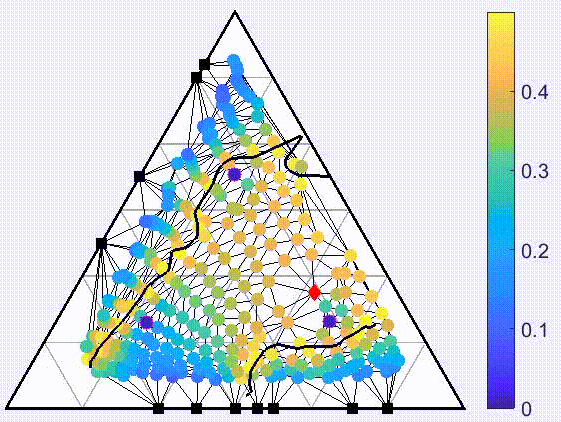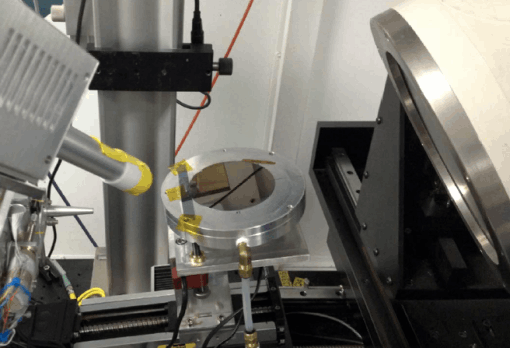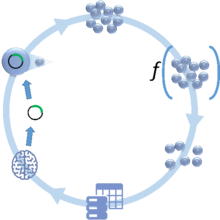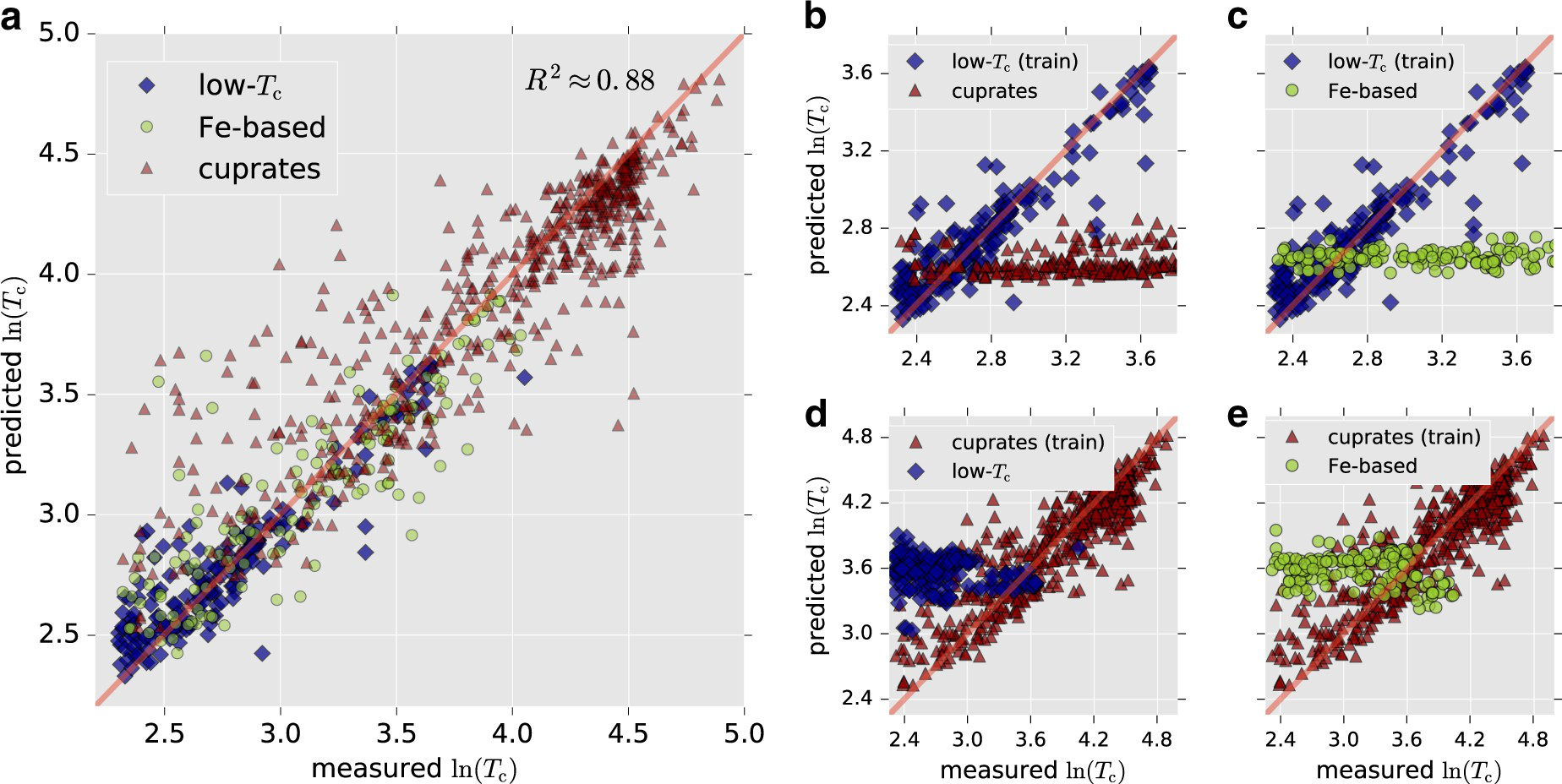Autonomous Systems for Materials Research and Metrology: Accelerating Discovery and Democratizing Science
Summary
We are developing novel machine learning algorithms and incorporating them into closed-loop autonomous systems to accelerate knowledge capture in the lab and in silico. These systems place machine learning in control of experiment design, execution, and analysis. Ongoing projects investigate solid-state, soft, and biological material systems as well as optical and electron measurement systems. Real world successes include the discovery of novel materials in rare-earth free permanent magnets, spin-driven thermoelectrics, and phase change materials.
Description
Materials scientists often need to search high dimensional spaces for knowledge. For example, a scientist may be interested in learning how a material property (e.g. hardness) changes over many (for example, 10) values of a synthesis or processing parameter (e.g., annealing temperature). Such an experiment requires investigating 10 temperatures. Therefore, if the scientist wanted to investigate the impact of N parameters, they will need 10N experiments! Additionally, the properties being studied may be complex functions of the search space. Such challenges exist throughout materials science:
- Solid state and soft material scientists typically explore the impact of composition, temperature, pressure, etc. on material properties, both in the lab and in silico.
- Biologists may investigate the impact of varying protein sequence amino acids on a bacteria’s behavior. Varying N amino acids will require at least 4N experiments!
- Microscopists may have large samples to study to identify how properties change from one location to another (e.g., 3D tomography of lattice orientation in a microstructured material).
These high dimensional search spaces are often impossible to search exhaustively. We seek to accelerate knowledge capture by building closed-loop systems capable of experiment design, execution, and analysis. These systems combine typical machine learning with active learning for experiment design, constraint programming to incorporate prior physical knowledge, direct interaction with simulation tools, Bayesian analysis to ensure that predictions are paired with uncertainties, and a graphical user interface to ensure that the human experts using and guiding the systems know what the systems are doing and why. Our work includes solid state, soft, and biological materials as well as optical and electron measurement systems.
Autonomous Phase Mapping and Materials Optimization

The structure of a material greatly influences its properties. Thus, the search for better materials must often include knowledge of the relationship between how a material is made and the resulting structure, i.e., "phase mapping.” Autonomous phase mapping at the Stanford Linear Accelerator has allowed us to reduce the number of measurement experiments necessary for phase mapping by an order of magnitude. This in turn accelerates materials optimization and discovery, resulting in the discovery of a novel phase change material. (https://arxiv.org/abs/2006.06141)

Autonomous Metrology
We are investigating the use of ML to guide microscopy and other measurement systems to accelerate knowledge capture. For example, using active learning to guide measurements to the most knowledge rich regions of the samples being studied.
Autonomous Protein Engineering

The complexity of biological systems is incredible. We are combining ML and robotics to build a greater understanding of protein engineering. (https://arxiv.org/abs/1911.02106, https://doi.org/10.1101/2020.03.05.979385, https://doi.org/10.1101/2020.07.10.197574)
ML for Accelerating Materials Research
We use ML to learn about important materials (e.g., superconductors) and guide research in the lab. (https://www.nature.com/articles/s41524-018-0085-8)

In the News
Scientific American: Our ML-driven search for room-temperature superconductors
Major Accomplishments
Discovery of novel materials in rare-earth free permanent magnetics, spin-driven thermoelectrics, and phase change materials.

